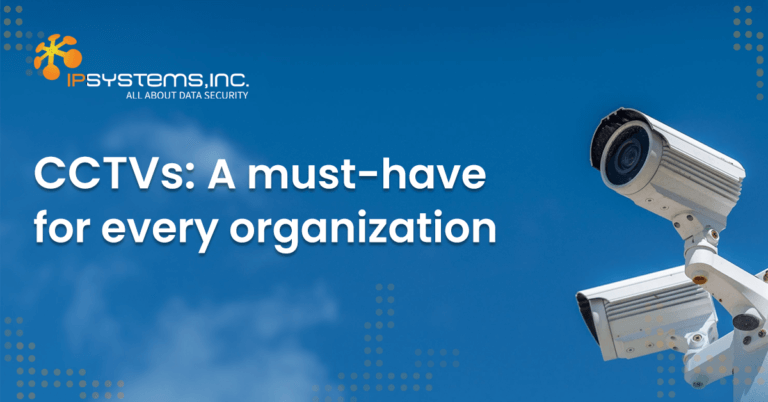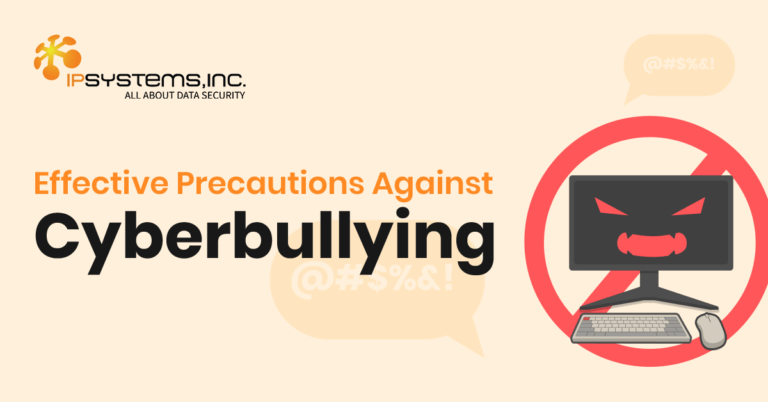
Innovating your Business with Green Data Centers
Blog: Innovating your Business with Green Data Centers Data centers are centralized facilities equipped with essential hardware like servers, storage devices, and networking equipment.
You’ve probably just logged out of your banking app or bought an item online before heading over to read this article. We’ll it’s probably right to say you’ll do several more activities online before the day runs out. It’s the reality of the digital age, and one of the important developments of the last few years is cryptocurrency which you probably also know about.
As more people adopt cryptocurrencies globally, there’s an inevitable wave of increasing threats and risks. Even though cryptocurrencies are financially rewarding, cybercriminals are a critical concern because they created a new attack – cryptojacking – and it’s more lucrative than ransomware.
Besides the higher potential for financial gain, there’s lower risk, and cryptojacking is a far easier operation than ransomware attacks. The hackers use compromised computing networks and systems to mine cryptocurrencies.
Let’s take a more detailed look at cryptojacking, how it affects your online security, and how can you protect your business and infrastructure to prevent malicious use.
It's easy only to think the miner only wants to use the victim's computing resources to mint their own money. Therefore, many people may be dismissive of cryptojacking as a harmless crime. However, the truth couldn't be further.
It’s not just the power of the victim’s computer that the criminal ends up stealing. The use of the computing power to fulfill criminal intent without the victim knowing or consenting brings a whole other perspective to this — the criminal benefits of using someone else's resources to create currency illicitly.
The more devices the criminal can infect, the more successful their scheme becomes.
Performance is the principal concern in cryptojacking. However, it may also increase costs for individual and organizational victims because mining cryptocurrencies is an electricity-and computing-intensive venture.
As more merchants accept cryptocurrencies as a legitimate means of exchange, criminals would occupy themselves with discovering ways to exploit them. They utilize several means to take over a device.
One of the primary means by which they achieve their purposes is to use traditional malware techniques, such as email attachments or links. Clicking the link or opening the attachment allows the loading of crypto mining code on the computer, mobile device, or server.
As soon as the crypto miner gets confirmation that the code is where it should be, they can begin to use network resources to mine crypto at will. The software works in the background, mining for cryptocurrencies or pilfering cryptocurrency wallets.
In other cases, the crypto miner implements what’s known as drive-by crypto mining. It plants some code in the JavaScript programming language on a website and activates mining on user machines that visit specific pages.
Some crypto mining scripts act like worms, with the ability to infect other devices and servers across the network. Even for seasoned cybersecurity experts, it's difficult to identify and remove these scripts.
The scripts may also scan the device for previous infection by competing crypto-mining malware. It does this to disable the previous cryptominer.
Cryptocurrency mining is an expensive venture, which explains why bad people look for ways to pass overhead to others. As long as they can mine their cryptocurrency without expensive hardware or jaw-dropping electricity bills, they can quickly build up a small fortune.
The primary cryptocurrency people mine on personal computers is known as Monero. Criminals love Monero because tracing it is difficult, even for experts.
Even if cryptojacking may be on the decline, as some opinions suggest, it tends to rise in tandem with the value of cryptocurrencies, specifically Monero and Bitcoin. Any significant decline is largely down to two factors:
Coinhive provided JavaScript code websites use to mine Monero from personal computers. As soon as Coinhive went defunct in March 2019, the number of site infections immediately
headed south.
Why would anyone get into cryptojacking? The answer is simple: money. However, the crypto miner needs a way to cover the huge costs involved. Cryptojacking is a sore point in cryptomining. It’s an inexpensive way to mine valuable coins, but it reeks of illegitimacy.
Here are a few notable signs:
As is well documented, it's best to prevent intrusive threats before they happen. The reality, however, is an intrusion may only come to light when a user complains that their computer has slowed down. In another situation, one of your network servers might report running at maximum capacity, making it difficult to troubleshoot.
A proactive approach is the best way to deal with cryptojacking, which is why it’s important to have defenses in place to prevent any exploits from happening.
Cryptojacking may be a novel concept, but attacks are growing in number by the day. Administrators have an urgent responsibility to deal with things at the firewall level using next-gen firewalls and advanced intrusion prevention systems.
A compromised network is a reminder to perform a root-cause analysis to identify how the malware got in. it’s a critical issue that can help prevent repeat attacks. In a nutshell, administrators at your company should:
Many organizations and individuals maintain robust IT infrastructure, including software and hardware. Such only improves their vulnerability to a cryptojacking threat. Those in the region can engage the services of a cybersecurity partner in the Philippines to ensure their security is fool proof. Certainly, no one wants to be at the mercy of a criminal organization in the event of a cyber attack.
We love firewalls and recommend them. However, it’s good to note that they’ll only stop some attacks. That’s why organizations need other protective measure to improve the resilience of your security systems.



Blog: Innovating your Business with Green Data Centers Data centers are centralized facilities equipped with essential hardware like servers, storage devices, and networking equipment.

Blog: CCTVs: A must-have for every organization Nearly every business and organization, regardless of size, has already implemented CCTV Services within their premises because

Blog: Combating Bullying in Digital Classrooms: Empowering Students for a Safer Learning Environment Bullying is a pervasive issue that inflicts emotional, psychological, and physical

Established in 2007, IPSYSTEMS, Inc. is a trusted and valued cybersecurity and IT distributor in the Philippines. It has solutions specifically focused on IT Infrastructure Security, Secure Remote Access and Monitoring, and Email and Data Security.